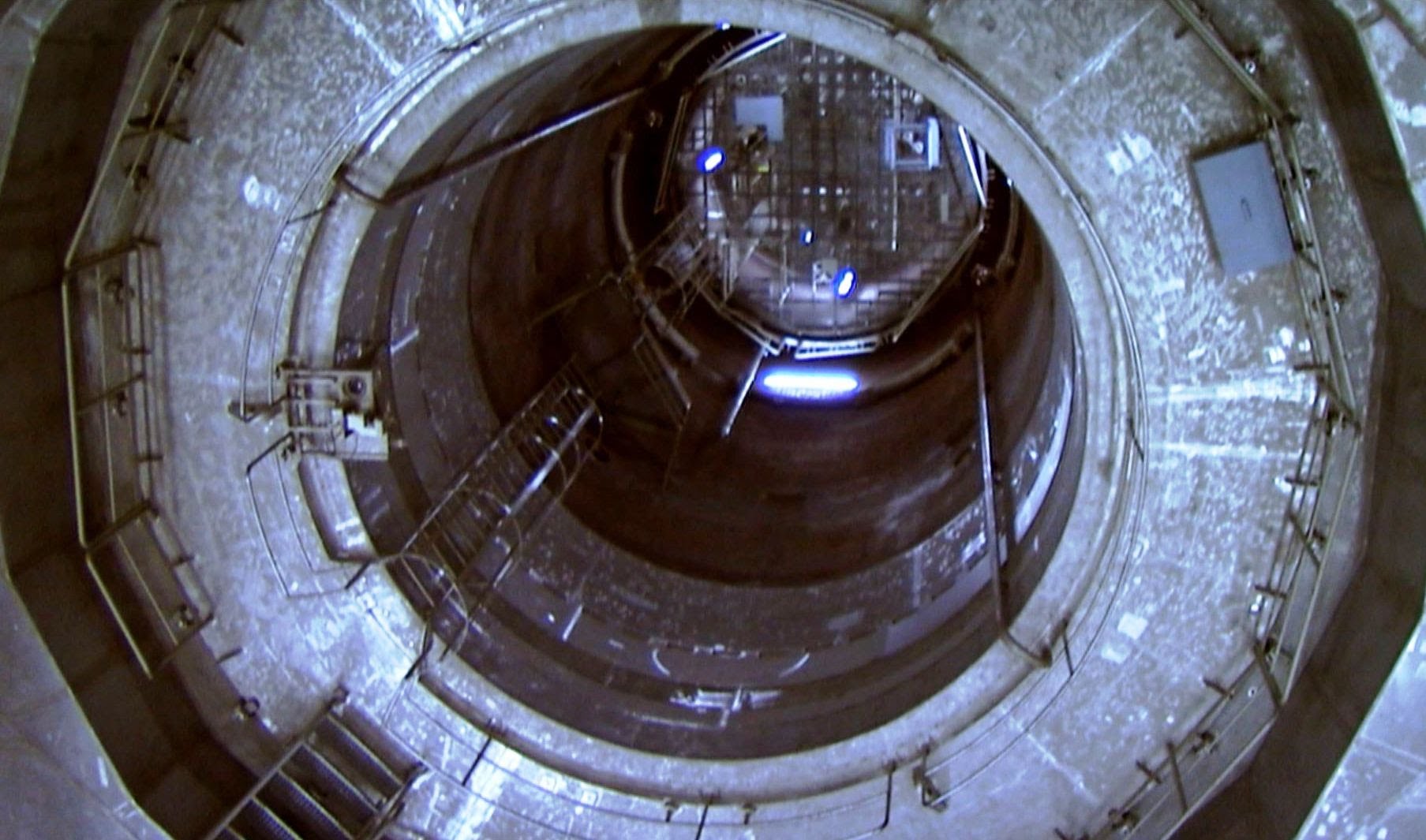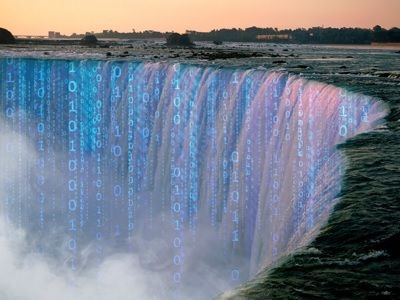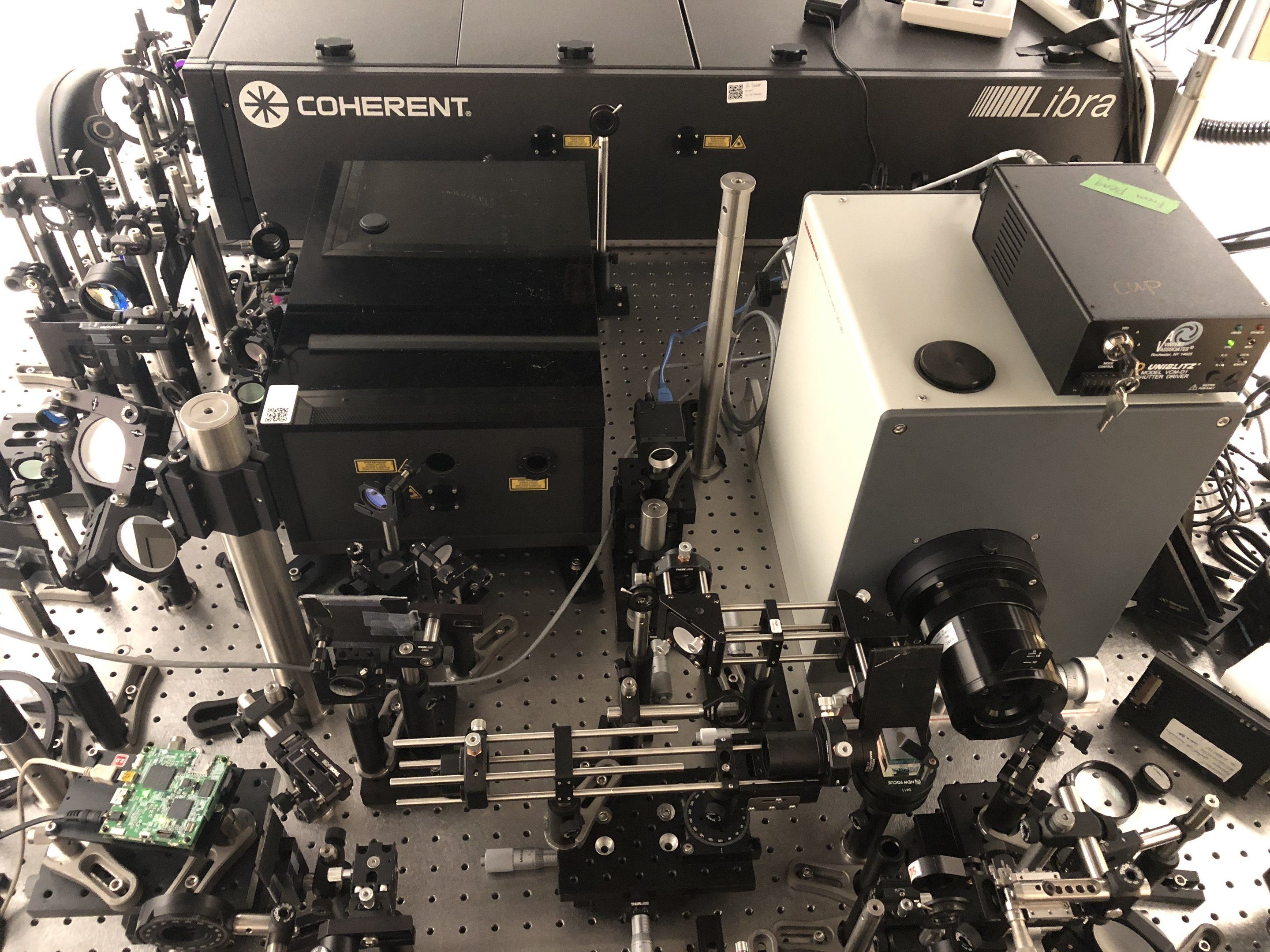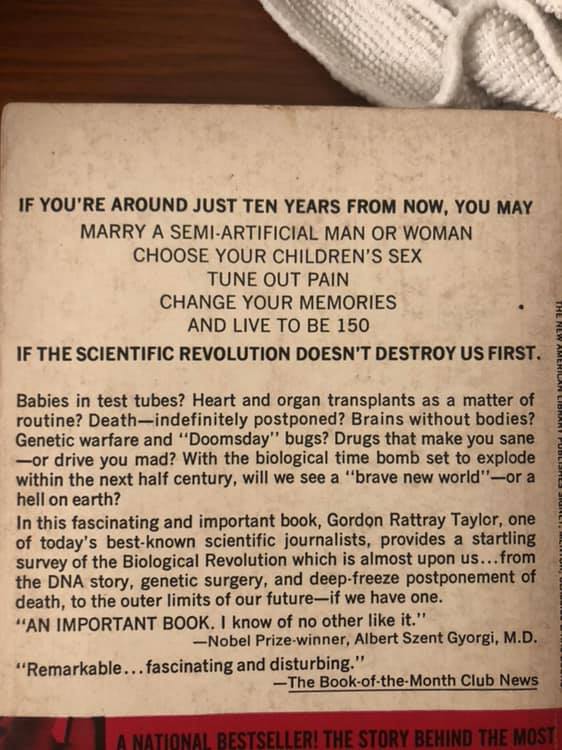Page 9398
Oct 12, 2018
Air Pollution Could Reduce Your Intelligence
Posted by Mary Jain in categories: neuroscience, sustainability
Oct 12, 2018
Invitation to Join Data Science Central
Posted by Mary Jain in categories: business, mathematics, robotics/AI, science
Join the largest community of machine learning (ML), deep learning, AI, data science, business analytics, BI, operations research, mathematical and statistical professionals: Sign up here. If instead, you are only interested in receiving our newsletter, you can subscribe here. There is no cost.
The full membership includes, in addition to the newsletter subscription:
Continue reading “Invitation to Join Data Science Central” »
Oct 12, 2018
Here’s how to find out if your Facebook was hacked in the breach
Posted by Mary Jain in category: futurism
Are you one of the 30 million users hit by Facebook’s access token breach announced two weeks ago? Here’s how to find out.
Facebook breach saw 15M users’ names & contact info accessed, 14M’s bios too
Oct 12, 2018
Weaponised AI is coming. Are algorithmic forever wars our future?
Posted by Shailesh Prasad in categories: information science, military, robotics/AI
The Pentagon is pushing algorithmic warfare, but big tech’s involvement assumes the US military is a benevolent force.
Oct 12, 2018
World’s fastest camera freezes time at 10 trillion frames per second
Posted by Genevieve Klien in categories: biological, physics
What happens when a new technology is so precise that it operates on a scale beyond our characterization capabilities? For example, the lasers used at INRS produce ultrashort pulses in the femtosecond range (10-15 s), which is far too short to visualize. Although some measurements are possible, nothing beats a clear image, says INRS professor and ultrafast imaging specialist Jinyang Liang. He and his colleagues, led by Caltech’s Lihong Wang, have developed what they call T-CUP: the world’s fastest camera, capable of capturing 10 trillion (1013) frames per second (Fig. 1). This new camera literally makes it possible to freeze time to see phenomena—and even light—in extremely slow motion.
In recent years, the junction between innovations in non-linear optics and imaging has opened the door for new and highly efficient methods for microscopic analysis of dynamic phenomena in biology and physics. But harnessing the potential of these methods requires a way to record images in real time at a very short temporal resolution—in a single exposure.
Using current imaging techniques, measurements taken with ultrashort laser pulses must be repeated many times, which is appropriate for some types of inert samples, but impossible for other more fragile ones. For example, laser-engraved glass can tolerate only a single laser pulse, leaving less than a picosecond to capture the results. In such a case, the imaging technique must be able to capture the entire process in real time.
Oct 12, 2018
Artist explains quantum physics through poetry
Posted by Genevieve Klien in category: quantum physics
A qubit by any other name would still confound as succinctly. Poet and Professor Amy Catanzano seeks to unveil the mysteries of quantum physics with poetry.
Oct 12, 2018
Surprise Life Found Thriving 2,000 Feet Underground
Posted by Genevieve Klien in category: alien life
Cyanobacteria were long thought to need the sun to survive. But a new study suggests otherwise and hints at fresh possibilities for life on Mars.
I’m cheating.
Found this book. It was written in 1968.
Oh how things change.
Oct 12, 2018
Scientists Turn Nuclear Waste into Diamond Batteries That’ll Last for Thousands of Years
Posted by Mary Jain in categories: biotech/medical, drones, nuclear energy, satellites

This technology may someday power spacecraft, satellites, high-flying drones, and pacemakers.


















